SD › Chicago Best Things to Do
Updated: March 1, 2021
By Santorini Dave
See Also
Chicago Things To Do – Tips & Advice
- Best Chicago Tours: Food, Architecture, and History Tour • Chicago River Architecture Cruise
- Do the Architecture Cruise early in your trip. Not only is this an overall great tour, but it also helps newbies find their way around the city by getting to know the landmarks and how they relate to one another.
- Many of Chicago’s best attractions are pricey, especially those in the Museum Campus area. If you plan on visiting multiple attractions, it is worth considering purchasing a Chicago City Pass.
- Chicago is a sprawling city, with tons of attractions spread all throughout its neighborhoods. Fortunately, they have an excellent and affordable public transportation system, so getting around is a breeze. A car is unnecessary here, even burdensome in heavy traffic or when trying to find a parking space.
The Top 39 Things to Do in Chicago
-
Chicago Architecture Foundation River Cruise
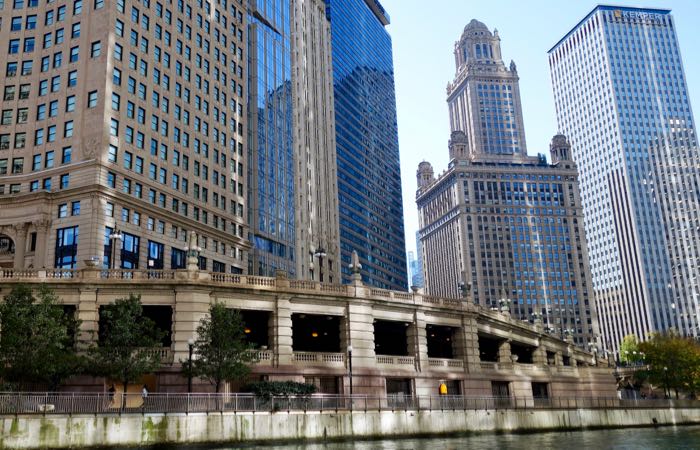
Consistently ranked the top tour in America, the CAF River Cruise is an absolute must when in Chicago. This cruise takes passengers up all three branches of the Chicago River, passing 50 landmark buildings along the way, while knowledgeable guides point out the innovations, uniqueness, and history of each one. The tour lasts 90 minutes, and is a fantastic way to get to know the lay of the land and a little history of the Windy City. Tours operate from April through November.
Reviews -
Art Institute of Chicago
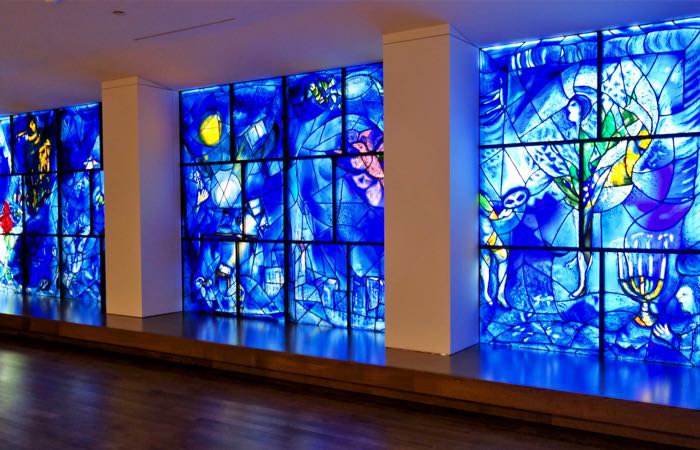
The Art Institute of Chicago is of the largest museums in the U.S. and home to renowned works including Picasso’s “The Old Guitarist,” Wood’s “American Gothic,” and Monet’s “Water Lilies,” among many others. The collection spans the globe, time, and medium. It is best known for its expansive selection of French impressionist paintings, but also includes ancient Egyptian sculpture, Japanese textiles, and modern American masterpieces. The museum is huge, at nearly one million square feet, so plan on spending two or three hours here. The AIC offers free admission to kids under fourteen.
Reviews -
Shedd Aquarium
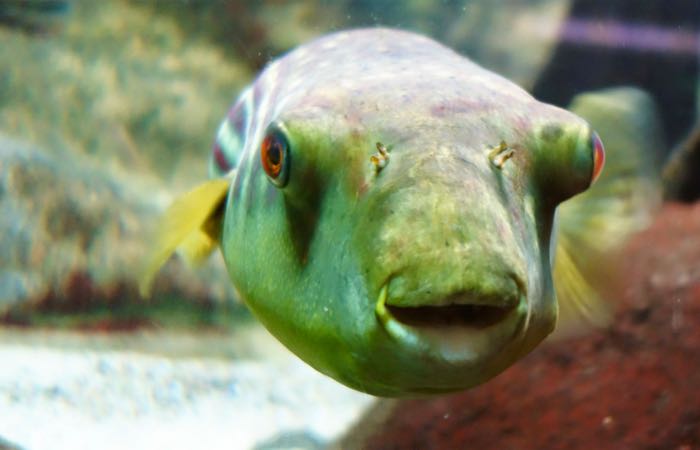
One of the largest aquariums in the world, The Shedd houses about 32,000 animals; mostly aquatic (belugas, sharks, rays, seahorses, and fish), plus birds, reptiles, tiny monkeys, penguins, and more. With over two million visitors a year, this award-winning aquarium is one of the most popular Chicago attractions. This (plus some real inefficiency at the ticket booth) means that lines for entry are long, sometimes over two hours! Buy your tickets in advance for priority entry, and dress for the weather, in case of a wait (even with priority, it can still take a while to get in).
Reviews -
The Bean
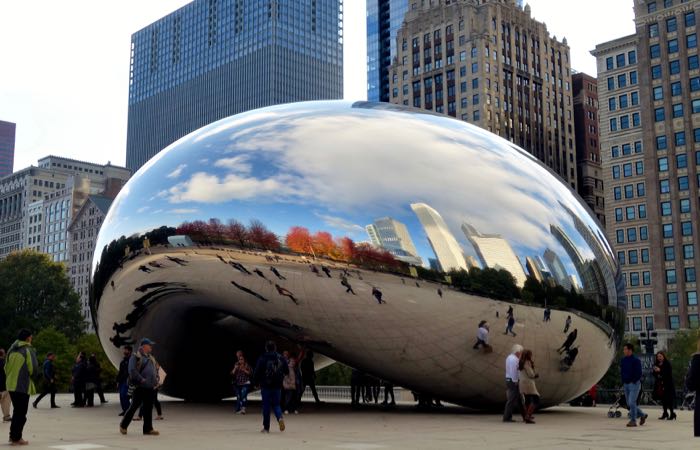
Officially known as “Cloud Gate,” but more commonly called “The Bean,” this sculpture has become a popular stop for its unique shape that distorts the reflections of its surroundings. The interior portion under its arch multiplies images, while the exterior stretches them out, making this a great spot for taking a selfie. Located inside Millennium Park, this attraction is free to visit.
Reviews -
The Loop
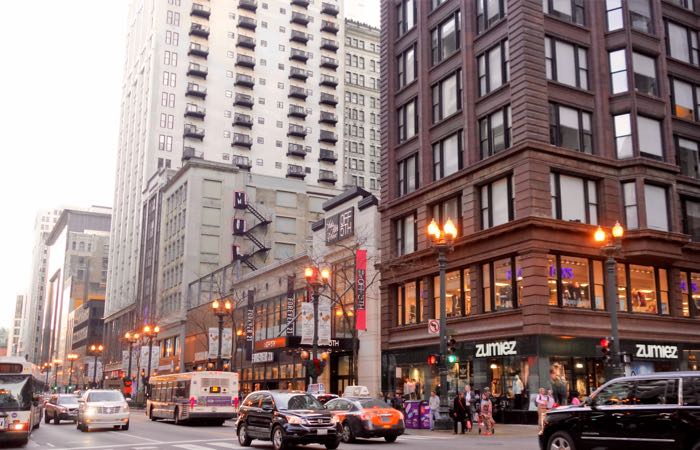
The central business district of Chicago, one of the most important in the world. Named for the railways and cable cars that once encircled the area, The Loop is true downtown Chicago. This is a perfect spot for first time visitors to the city who want to be close to the action. This area is best known for its striking architecture, which includes the Willis Tower (formerly Sears Tower), the second tallest building in the Western Hemisphere, and the tallest in Chicago. Other landmark buildings here include the Carbide and Carbon Building and The Chicago Theatre. This area is also home to the city’s most beloved hangout space, Grant Park, which includes Millennium Park and the Bean, and is just north of the Art Institute of Chicago. At the south end of the Loop, you’ll find Museum Campus, home of the Field Museum, Adler Planetarium (oldest planetarium in America), and the Shedd Aquarium.
Reviews -
DuSable Museum of African American History
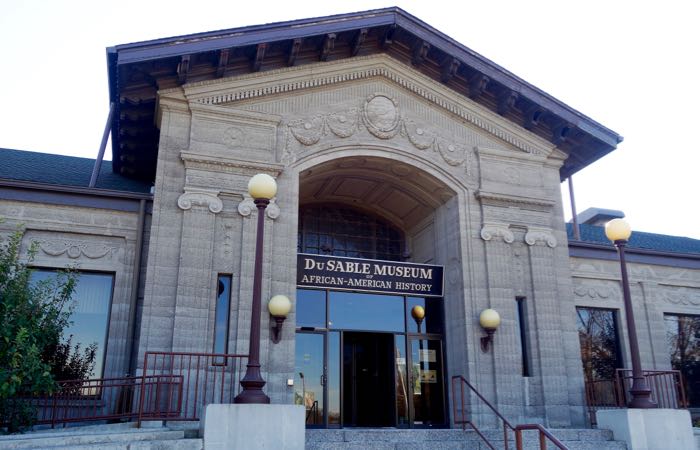
A Smithsonian affiliate, the DuSable Museum is the oldest and one of the largest museums focusing on African American history, art, and culture, with a special feature on Chicago’s black heritage. With over 13,000 items in its collection, the museum curates an expansive array of artifacts, personal effects, and vibrant artworks spanning from slavery-era America through the Civil Rights movement to the present day.
Reviews -
Big Joe’s Turtle Racing
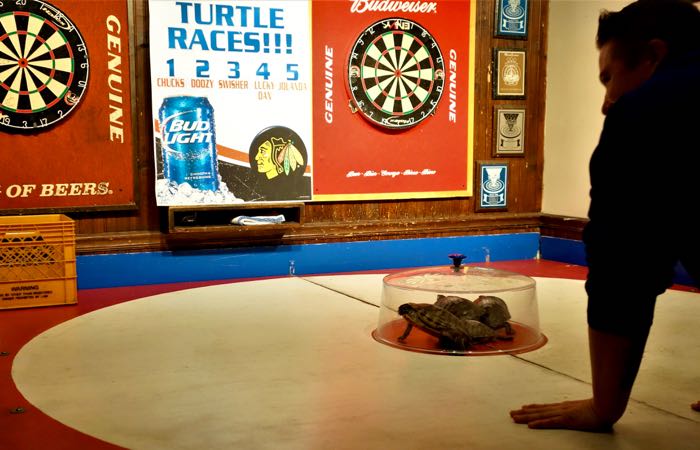
Every Friday night at 9:00, the otherwise laid back dive bar Big Joe’s gets wild over six rounds of turtle racing. Get there early to order drinks; this is how you earn your raffle tickets. If your number gets called, you become a turtle jockey in the next race. If your turtle wins, you’ll get a free Big Joe’s t-shirt; if your turtle comes in last place, you’ll get a free drink!
Reviews -
Field Museum of Natural History

Chicago’s Field Museum has one of the world’s largest and most expansive displays of natural history; including fossils, gemstones, ancient artifacts and anthropological items, and three working laboratories. The star of the museum is Sue, the most complete T. rex fossil ever discovered. The museum is enormous with over 24 million items (not all on display) arranged over multiple wings and floors, so plan on spending at least a few hours here.
Reviews -
Museum of Science and Industry
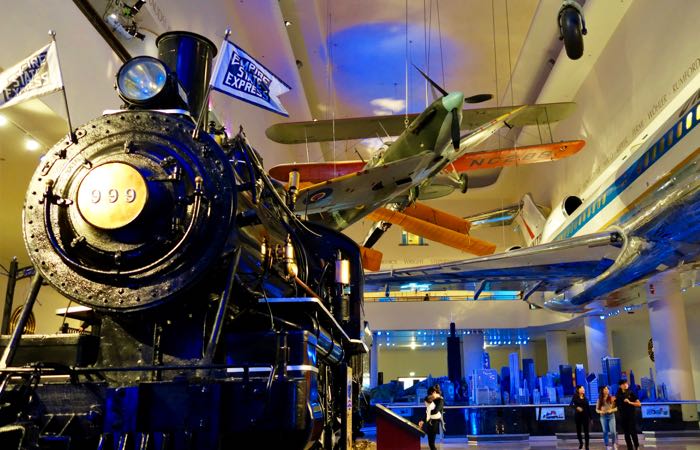
Everything here is huge! At the Museum of Science and Industry you’ll find the Apollo 8 spacecraft, a steam locomotive, a Boeing 727, a WWII dive-bomber, and a submarine. Exhibits here cover all things science, from biology to shipbuilding to meteorology and more. Though this is a kid-friendly favorite, there’s plenty to keep adults intrigued. Plan on spending a couple of hours, especially if adding an IMAX movie to your visit.
Reviews -
Millennium Park
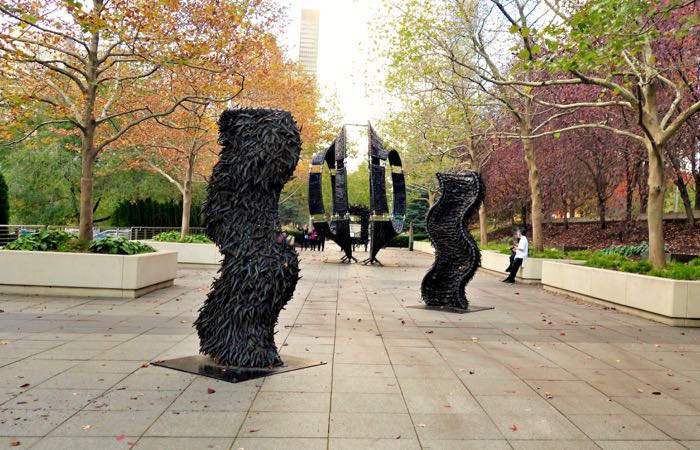
Actually a portion of Grant Park, Millennium Park takes up its northwest corner and is home to some of the city’s best known attractions, including the Bean, Crown Fountain, an ice skating rink, garden, and the Pavilion, a venue showcasing regular free concerts and the park’s own symphony orchestra. Public art and family-friendly free events are nearly always happening here, making it a must-see attraction for any Chicago visit.
Reviews -
Museum of Contemporary Art
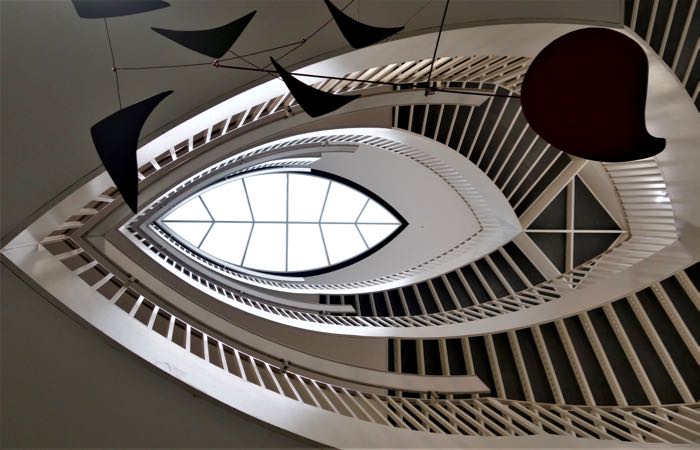
Among the largest contemporary arts museums in the world, The MCA houses works from a variety of twentieth century genres, including pop art and surrealism, alongside more contemporary works, including video installations and sound exhibitions. Notable works by Andy Warhol, Rene Magritte, and Frances Bacon are here, alongside work by up and coming local and international artists. This is a well-organized museum, and though its collection is vast, it’s easy to navigate and find particular works for those in a hurry.
Reviews -
The Oriental Institute
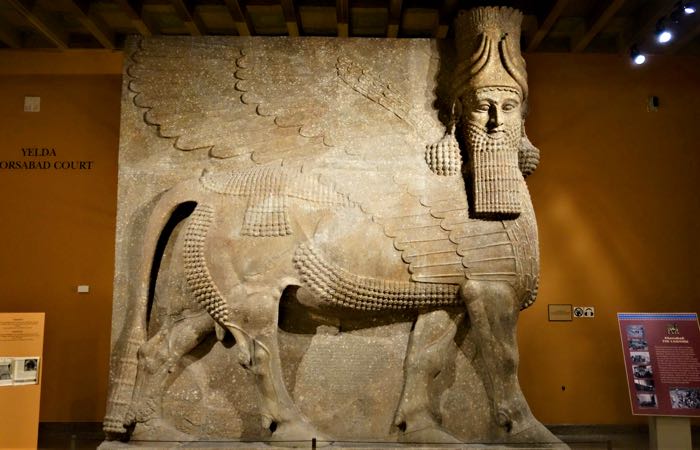
With a focus on the ancient Near East, the Oriental Institute exhibits thousands of artifacts of early human civilizations collected from digs throughout the Middle East in ancient Mesopotamia, Nubia, Babylon and more, with especially impressive collections of Persian and Egyptian art and relics, dating as far back as 10,000 B.C. Founded in 1919 with funding from J.D. Rockefeller, the institute is still active as a research center, with a lab and conservation center in Luxor, Egypt.
Reviews -
Holy Name Cathedral
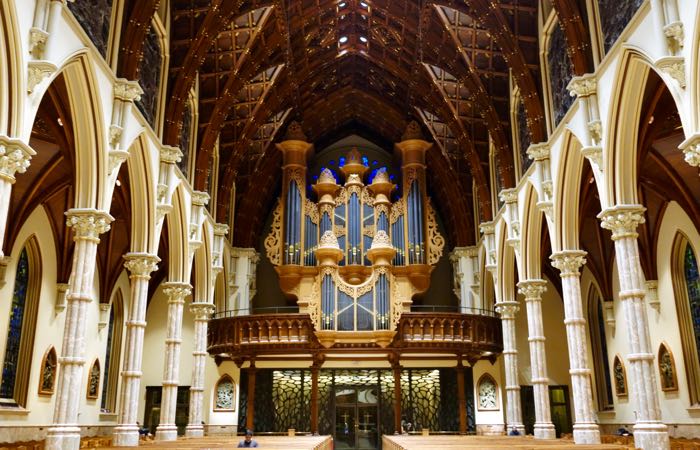
This gorgeous, Gothic revival style cathedral is an artistic and architectural must see with its famous Resurrection Cross, 46m arched ceiling, and it’s one ton bronze doors. Commissioned in 1874 after the Great Chicago Fire, Holy Name Cathedral was designed by Patrick Charles Keeley, who also designed every single New England Catholic cathedral in the 1800s. On one exterior cornerstone, there is still a bullet hole from the gunning down of Hymie Weiss by members of Al Capone’s gang; newlyweds put their fingers in it for good luck (on the State Street side, look for the small one above right of the number 4 in the date inscription “AD 1874,” not the larger hole, which was from a screw).
Reviews -
National Museum of Mexican Art
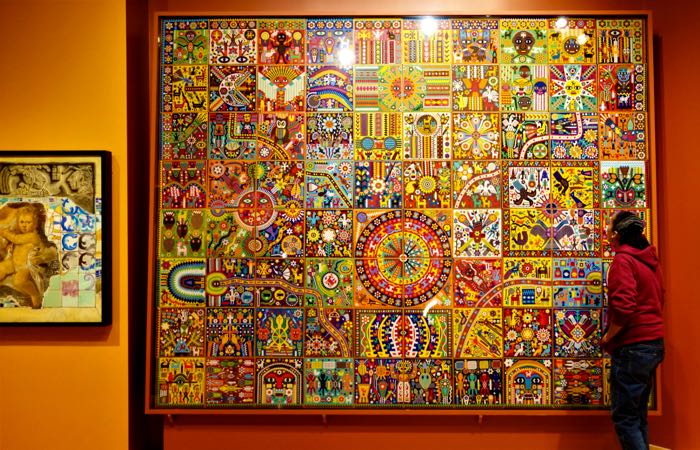
This fantastic museum displays artwork by Mexican, Latino, and Chicano artists, ranging from ancient to modern eras in Mexican history with works that span 3000 years. The NMMA has one of the nation’s largest Mexican art collections, and is the only one accredited by the American Alliance of Museums. Visit in October for their annual Día de los Muertos exhibit, featuring several large altars by local and international artists. Admission is always free.
Reviews -
Adler Planetarium
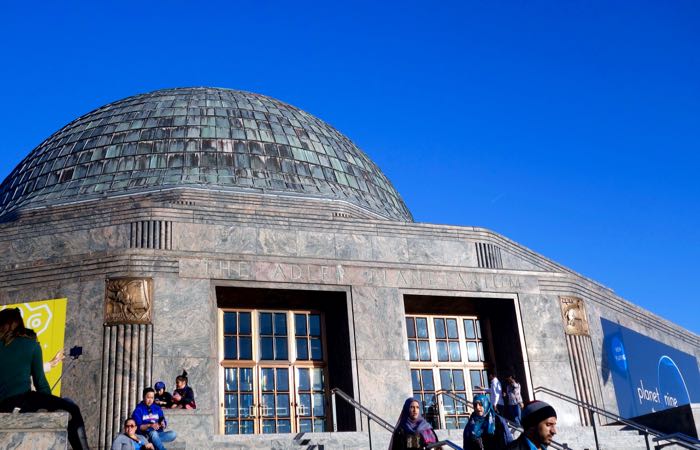
The first planetarium and a national historical landmark, the Adler Planetarium houses the Historic Atwood Sphere (to see the night sky as it appeared in 1913) and the Doane Observatory, with the largest aperture telescope for public use. The exhibits are all family friendly, but they also offer an adults-only Adler After Dark program every third Thursday. This event usually sells out, so buy your tickets in advance!
Reviews -
Chicago Cultural Center
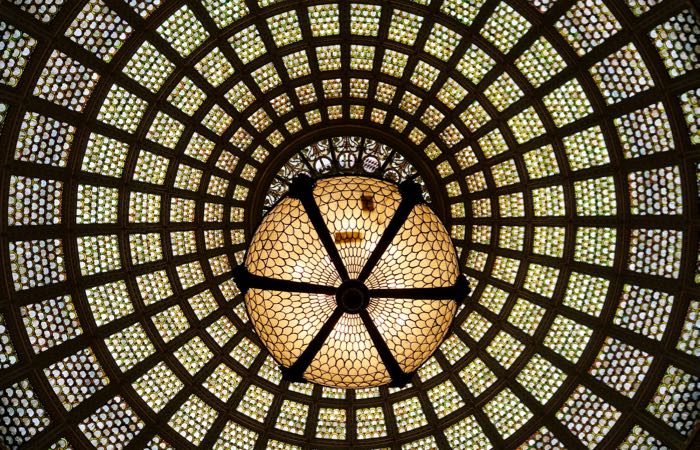
The Chicago Cultural Center’s landmark building is known for its architectural beauty, with two graceful, stained glass domes (the world’s largest Tiffany dome and an even larger Renaissance style dome), mosaic walls, and coffered ceilings. The building alone is worth a visit, but they also host several art exhibits, theater shows, and dance performances throughout the year, all of which are free and open to the public.
Reviews -
Little India
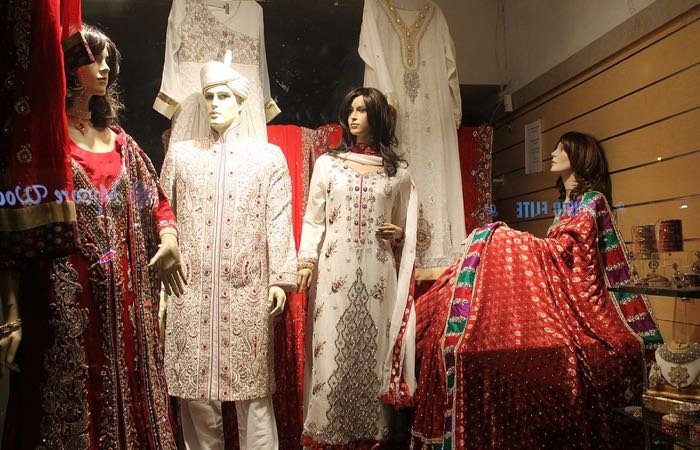
Also known as Desi Corridor. The stretch of Devon Avenue between Ravenswood Avenue and California Avenue is perhaps the greatest Desi area in the U.S., featuring restaurants and shops stocked with Indian, Pakistani, and Bengali foods, spices, art, clothing, and Bollywood posters. This is an unbeatable place to dine on authentic biryani or vindaloo, to shop for colorful saris and jewelry, or to experience a night of music and dancing.
photo credit -
Driehaus Museum
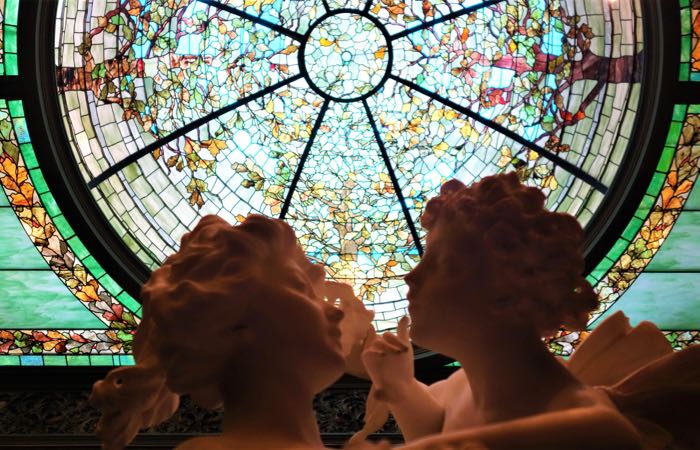
In an elegantly restored, late-nineteenth century mansion, the Richard H. Driehaus Museum displays a collection of Gilded Age and art nouveau furnishings and décor. Known for its numerous Tiffany pieces, the museum focuses on re-creating the design trends of the era’s elite. Highlights of the collection include artworks of the Pre-Raphaelite Brotherhood and a Venetian sculpture of Cupid and Psyche.
Reviews -
Chicago Picasso
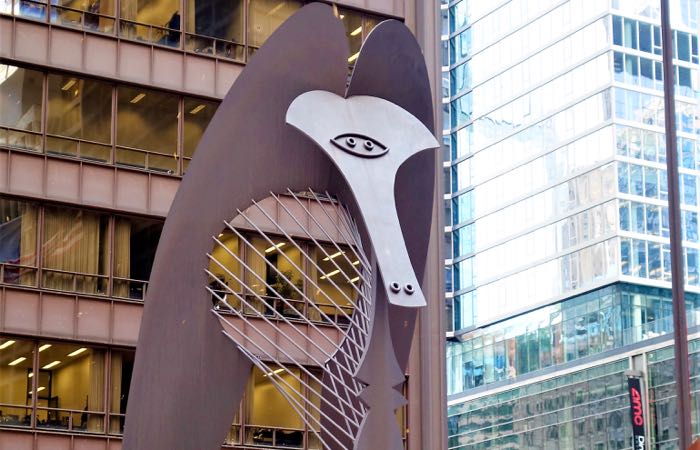
Standing over 15 meters tall, this sculpture is an untitled work of Picasso, possibly inspired by a French woman the artist knew. This is the first piece of public art in the city that was not a representation of a historical figure. Commissioned by an architect, Picasso refused the $100,000 payment for the statue, instead giving it as a gift to the people of the “great gangster city,” as he called it. Its wild shape makes it popular as a makeshift jungle gym in the warmer months, while the wintertime sees Christkindlmarkt taking place at its feet.
Reviews -
Koval Distillery
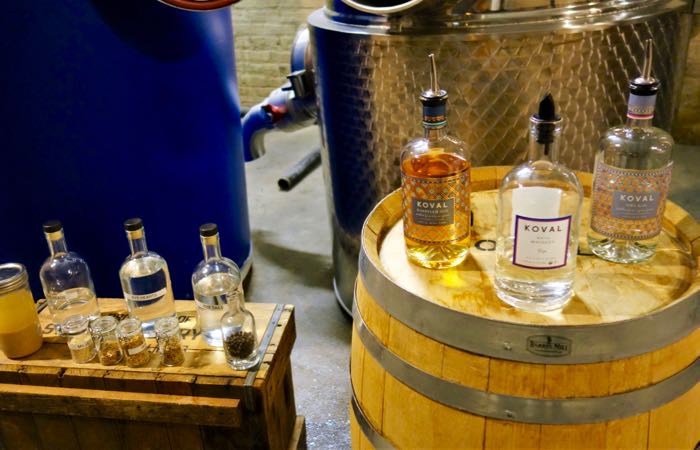
The first distillery opened in Chicago since Prohibition, Koval has revitalized the craft of whiskey-making in the city, while updating the spirit to suit contemporary palates. All whiskeys are blended and distilled in house using organic ingredients in their unique style, creating a light and bright flavor. This award-winning distillery is definitely worth a visit, whether for a behind-the-scenes tour, for a cocktail class, or for whiskey workshops. Advance bookings are recommended.
Reviews -
The Chicago Model
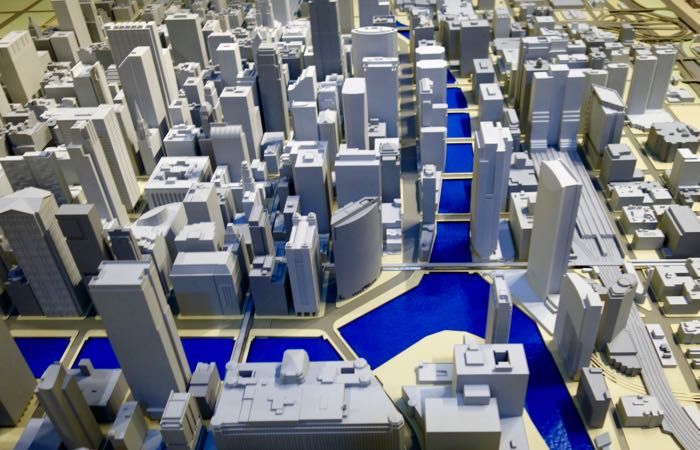
With over 1000 buildings represented by 3D prints and taking up about 30 square meters, this is the largest, most detailed replica of the city of Chicago. The model is updated yearly by the Chicago Architecture Foundation to keep current with any changes to the real-world skyline. This free attraction is housed on the main floor entry of the Railway Exchange Building.
Reviews -
Leather Archives & Museum

A leather, fetish, and erotic art museum. Much of the collection at the Leather Archives focuses on the LGBT leather lifestyle, though the overall scope is broader, including all genders and orientations and all manner of alternative sexual practices. The museum displays several original Tom of Finland works, antique S&M devices, and leather jackets and vests from prominent individuals and organizations in the community. The museum is open Thursday through Sunday, while the research archives are available by appointment only.
Reviews -
The Drifter
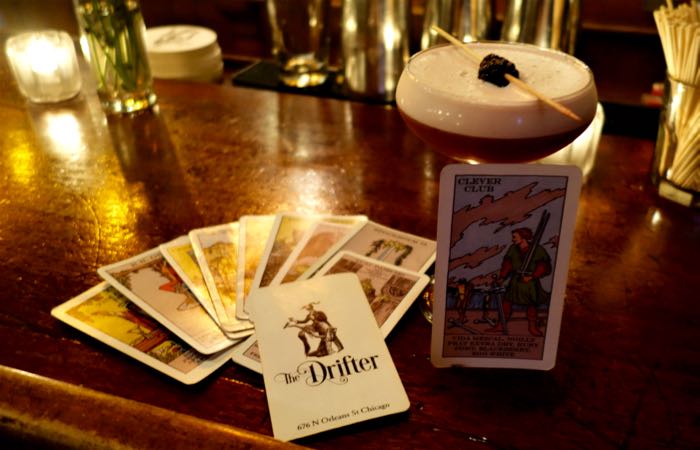
A legit, Prohibition-era speakeasy, The Drifter’s craft cocktail menu changes daily (it’s printed onto tarot cards), its entertainment comes sporadically, without any announcement through the night (burlesque, comedy, music), and its décor looks spot on, because most of it is 1920s vintage. The bar is tiny, so it gets packed quickly on weekends; come on a weeknight for the best chance of getting a seat. You’ll have to find its hidden entry in the basement of the Green Door Tavern. The Drifter is open Wednesdays through Saturdays from 5p to 2a.
Reviews -
Money Museum
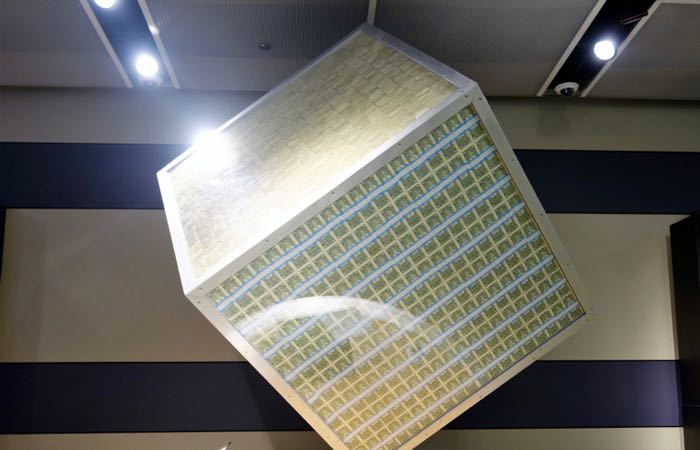
Located inside the Federal Reserve Bank of Chicago, the Money Museum is best known for its rotating glass cube filled with one million dollars, as well as a photo op where visitors can snap a pic of themselves with a suitcase filled with another million dollars. This is a quick, fun stop with interactive exhibits on economics, counterfeit currency, and the history of money in America. Guided tours are available at 1pm daily, or visitors can show themselves around anytime. The museum is small and always free, but it is only open Monday through Friday from 9 to 5, so plan accordingly. Be advised that all visitors must go through a security check, including a metal detector, before entering.
Reviews -
Gold Coast
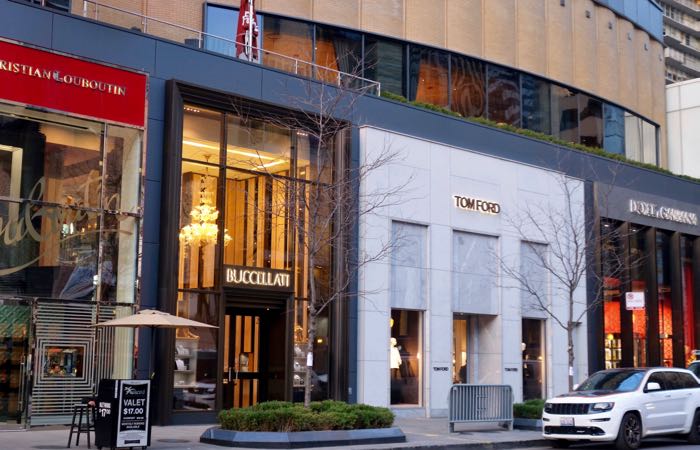
This is the most affluent neighborhood in Chicago, and has been since its birth in the 1880s, when several millionaires flocked here after the Great Chicago Fire. Stately mansions, luxury high rises, and designer boutiques line the streets of the Gold Coast, plus Rolls Royce and Lamborghini dealers. This is home to a few malls, including Water Tower Place and 900 North Michigan Shops. But Oak Street is the most loved hub for upscale shopping and features designer shops, like Hermes and Prada, plus high-end specialty boutiques. Rush Street is a haven for cutting edge restaurants, plus bars and clubs that run high-energy until the wee hours. Other area attractions include the historic Water Tower and its tiny art gallery and John Hancock Center, with its 94th floor observatory. -
Graceland Cemetery and Arboretum
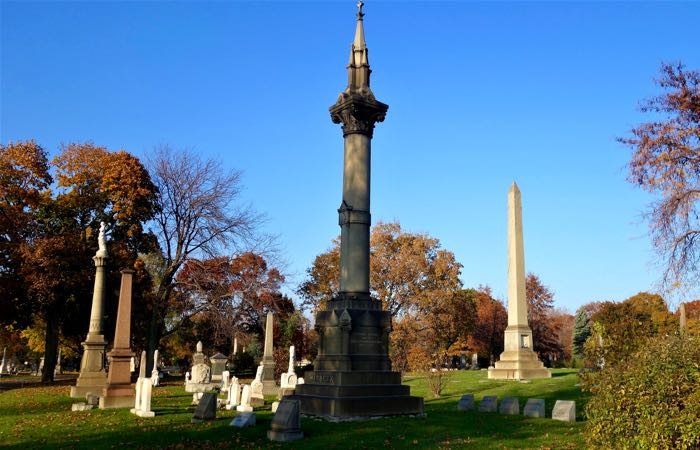
A sprawling and still active Victorian-era cemetery, Graceland is the final resting place of many notable Chicagoans, and best known for its elaborate tombs and monuments. Significant works include two statues by Lorado Taft, the Getty Tomb, the mausoleum of Potter Palmer, and its most mysterious grave, that of six-year-old Inez Clarke. Cemeteries of this era were designed for picnics, as strange as that seems now, so you’ll find plenty of space between the markers, a well-manicured lawn, and lots of shade trees here.
Reviews -
Green Mill Jazz Club
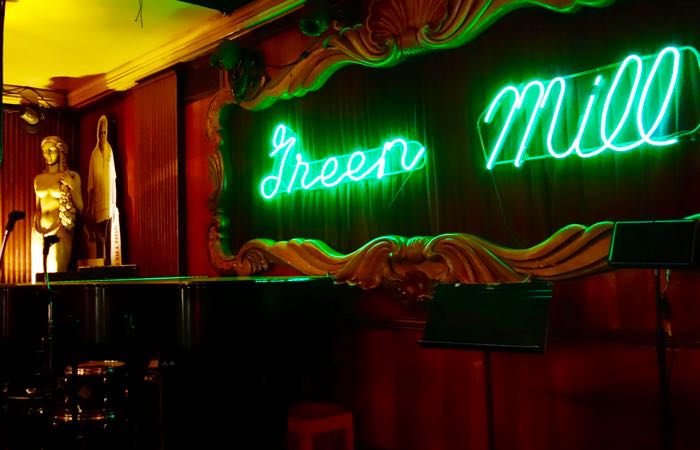
Also known as Green Mill Cocktail Lounge. Possibly the greatest dive bar in America, The Green Mill is the oldest jazz club in the U.S. and features live bands every night, often playing until 5 a.m. The bar originally opened in 1907 and was later a favorite hangout for Al Capone, whose regular booth offers a clear line of sight to all doors; a tunnel network used by the gangsters still sits under the building. The décor is all Art Nouveau and Art Deco, which has made it a popular film locale used in various features, including High Fidelity.
Reviews -
Lincoln Park Zoo
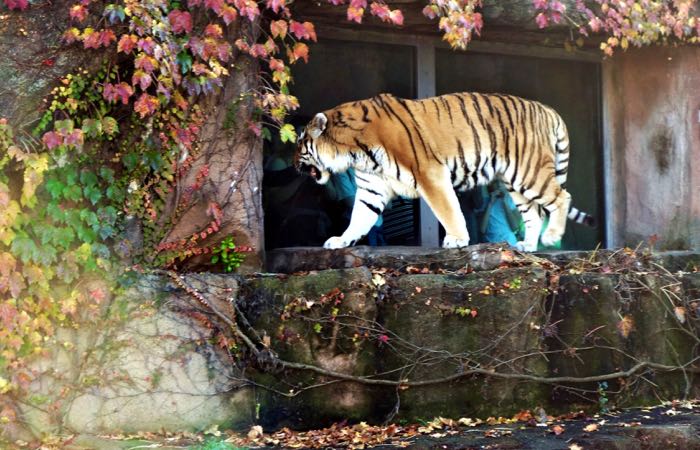
Dating from 1868, the Lincoln Park Zoo is one of the oldest in North America and features around 1200 animals from around the world, including apes and monkeys, big cats, reptiles, and more. Recent additions include polar bears and colobus monkeys, alongside favorites, such as lions and rhinos. The zoo is open 365 days a year, and admission is always free.
Reviews -
Robie House
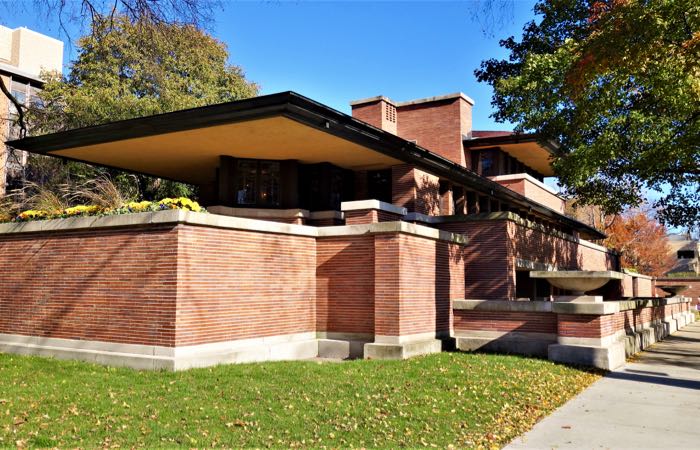
Built by Frank Lloyd Wright circa 1910, the Robie House is one of the best examples of his signature Prairie School style, the first uniquely American architectural style. Wright custom-designed not just the house but its interior furnishings, as well, creating a harmonious and whole structure, with emphasis on horizontal lines, gorgeous art glass, and cantilevered eaves. The interiors are accessible by guided tours only, which operate every day except Tuesdays and Wednesdays.
Reviews -
International Museum of Surgical Science
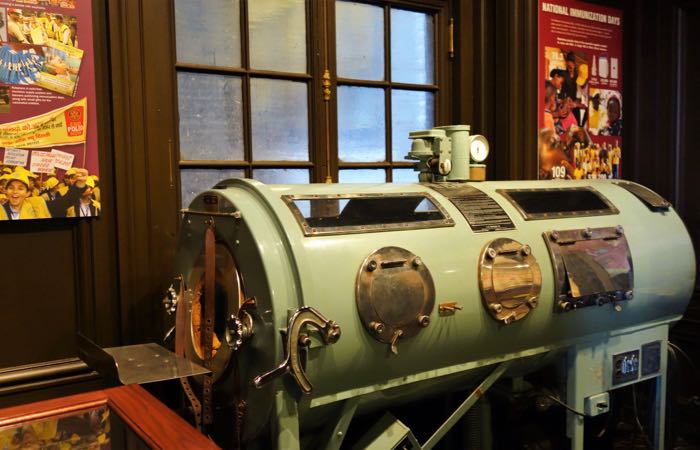
This museum curates and displays surgical equipment, specimens, skeletons, and more, tracing the practice of surgery back thousands of years and following its evolution to present day. Permanent gallery exhibits at the International Museum of Surgical Science include a reproduced nineteenth century apothecary and dentist’s office, statues of medical greats (ranging from Hippocrates to Marie Curie), and murals on different aspects of surgery. Along with surgery, the museum also displays items of interest in general medical history and artworks related to the medical field. Located in a hundred-year-old mansion in the Gold Coast, designed after a building at Versailles. Admission is usually $15 for adults, but Tuesdays are free.
Reviews -
Chicago History Museum
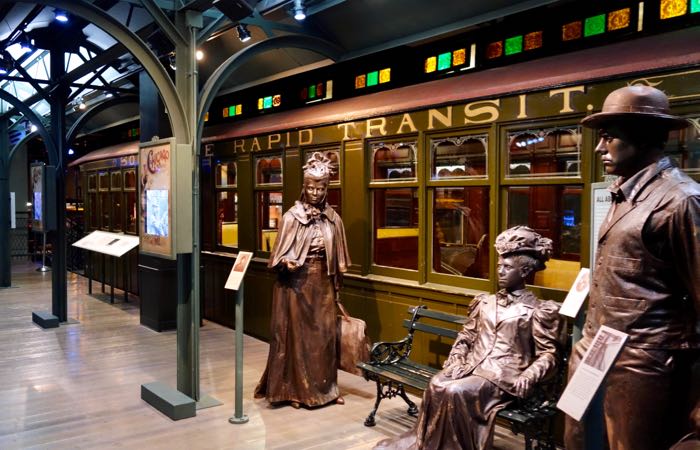
The Chicago History Museum collects and exhibits a range of objects from Chicago’s storied history, including the first locomotive and the first passenger train car to operate in the city, Lincoln’s carriage and his deathbed. It also includes relics from Chicago’s wild side, like a Prohibition-era whiskey still, an original Playboy bunny outfit, and relics from the Iroquois Theater fire.
Reviews -
Jean Baptiste Point du Sable Bust
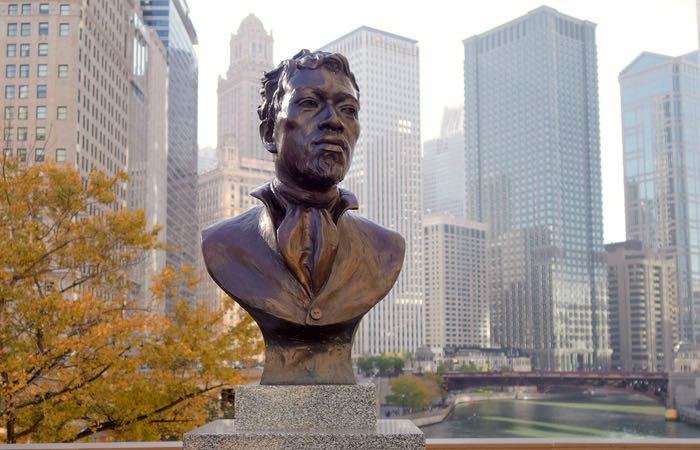
Pay respects to the founder of Chicago. Point du Sable was the first permanent resident of a settlement at the mouth of the river that would later become the city. An African American fur trader, rumored to be of Haitian descent, Point du Sable was first recorded to have lived there in early 1790. The bust is located on the Magnificent Mile, north of the Chicago River and Usable Bridge. Its permanent home is in Pioneer Court, though it temporarily sits across the street in front of the Wrigley Building, while some construction is being completed. -
John Hancock Center
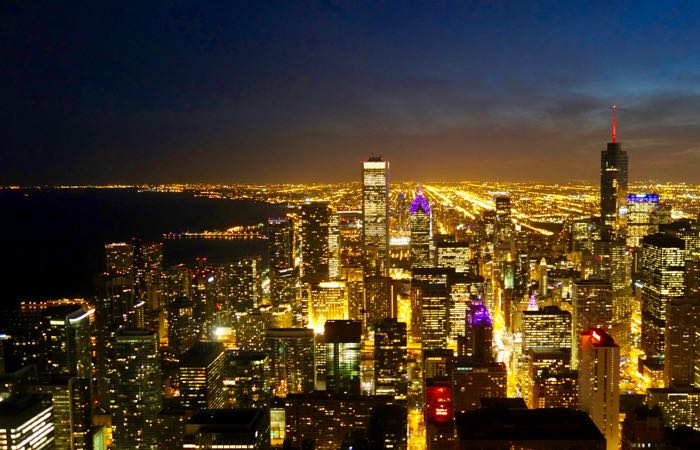
This iconic 100 story skyscraper is best known for its 94th floor observation deck, 360° Chicago, which offers sweeping views of the city and, weather permitting, up to four states. The building’s distinctive X-braced exoskeleton and signature stylistic features have won the building numerous architectural prizes. Though 360° is a fantastic spot for viewing the city (especially at night, when Chi Town is all lit up), do skip TILT, the new attraction that leans visitors over the tower’s edge. The view is not a whole lot better than in the main observation deck, but it costs more and lasts less than a minute.
Reviews -
Tribune Tower
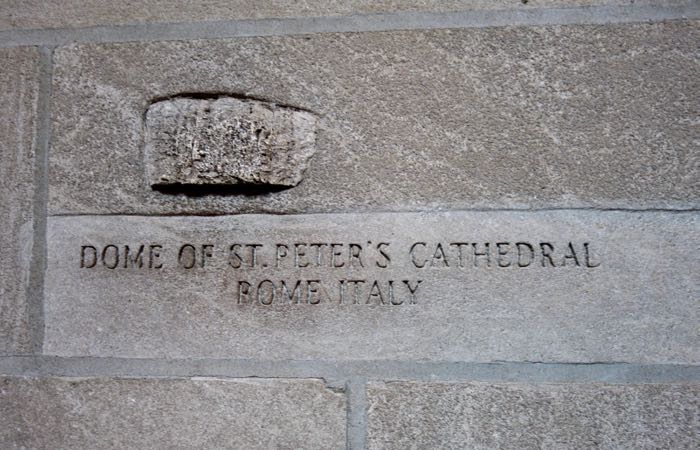
Home to the Chicago Tribune newspaper, this neo-Gothic skyscraper from 1925 is best known for its collection of 149 famous rocks embedded in the exterior walls. The rocks are mostly fragments of other buildings, including the Great Pyramid and the Taj Mahal, but some are pieces from other significant places, such as the Great Wall of China and Antarctica. A moon rock is displayed in a window there, and more recently, a piece of the World Trade Center was incorporated. Located on the southern end of the Mag Mile, close to shops, restaurants, and the Wrigley Building.
Reviews -
Magnificent Mile
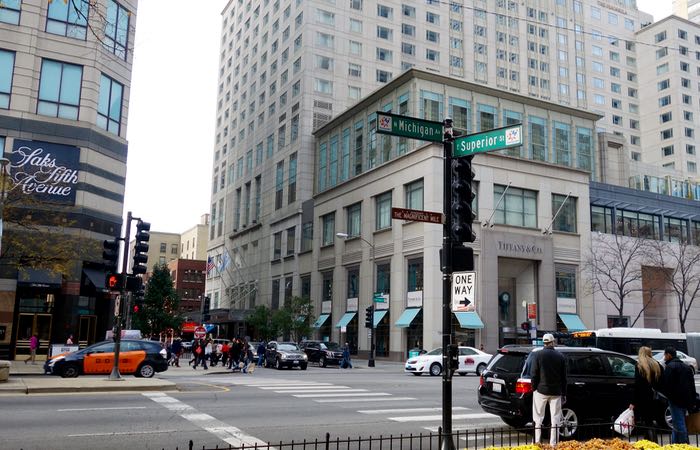
This stretch of Michigan Avenue is the heart of Chicago shopping, with high-end and mid-range storefronts spanning the length from Oak Street in the north and ending at the Chicago River, just before entering the Loop. Visitors will find large department stores, including Bloomingdale’s and Barney’s, alongside elite boutiques, such as Prada and Gucci. The Magnificent Mile is also home to the largest Ralph Lauren store in the world and Burberry’s flagship U.S. store. Fine dining restaurants, deep dish pizza, and cafés punctuate the street, alongside landmark buildings and some of the city’s tallest skyscrapers, among them the Wrigley and the Hancock.
Reviews -
Puppet Bike
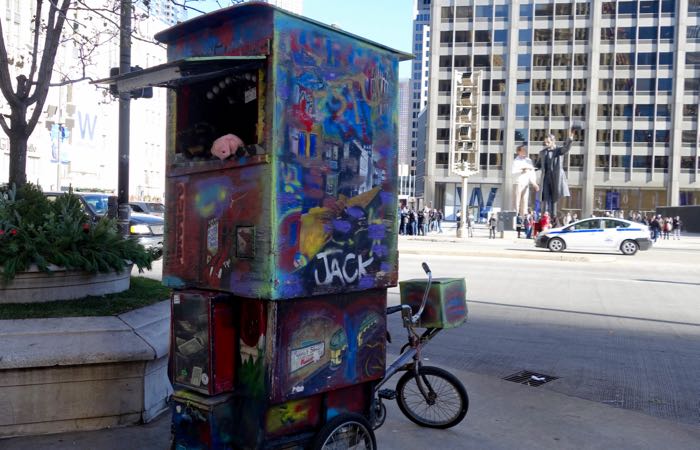
The mainstay street performer group, Puppet Bike, plays puppet shows set to an eclectic soundtrack from a stage mounted onto a custom built tricycle. Around eight different people take turns putting on the show in various locations around the city, often near the Art Institute, Chicago Theater, or near the Wrigley Building. There is no hard schedule for performances, but you can message them on their Facebook page to find out where they’re heading. -
Oz Park
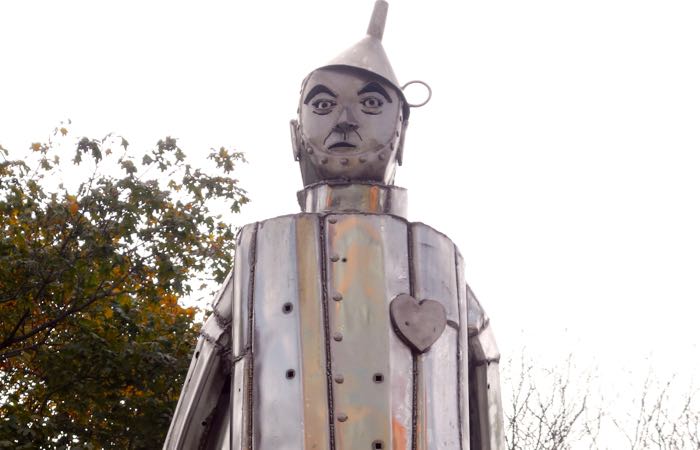
A public park in the Lincoln Park neighborhood, featuring life-sized statues of the cast of The Wizard of Oz. This Oz-themed park is home to a playground called Dorothy’s Playlot and the rolling green Emerald Gardens, with bursts of flowers in spring and summer. The statues, though, are the main attractions, with the Tin Man at the northeast corner entrance, Dorothy and Toto to the west near the Playlot, and the Scarecrow not far behind the Tin Man. The Cowardly Lion is farther away from the other three statues, and sits at the southeast corner near the tennis courts.
Reviews -
Navy Pier
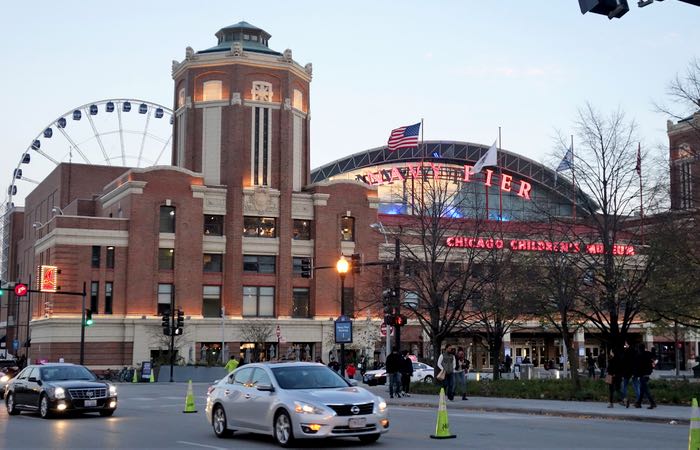
This large pier with its iconic Ferris wheel is one of Chicago’s most visited landmarks. Navy Pier is the launching point for many sightseeing boats, plus it includes an indoor botanical garden, the Chicago Children’s Museum, and the Shakespeare Theater, and several rides, among other family attractions. The main building houses tons of restaurants (mostly grease-bombs) and souvenir shops. Adults without kids may want to cruise through here briefly; most of the attractions are geared toward children.
Reviews -
The Chicago Water Tower
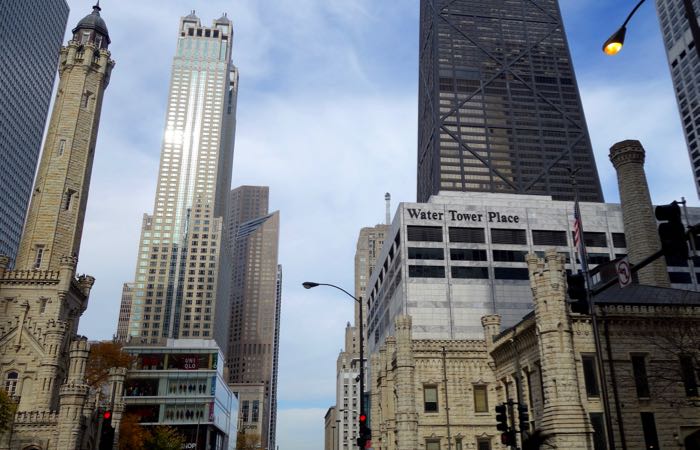
An iconic Chicago landmark, the Water Tower looks like a skinny castle and stands out among other city skyscrapers. This is the second oldest water tower in the U.S., and one of only a handful of buildings that survived the Great Fire in 1871. This picturesque building is located on the Mag Mile, adjacent to the Water Tower Place mall, and currently houses a small art gallery with free admission.
Reviews
About Santorini Dave